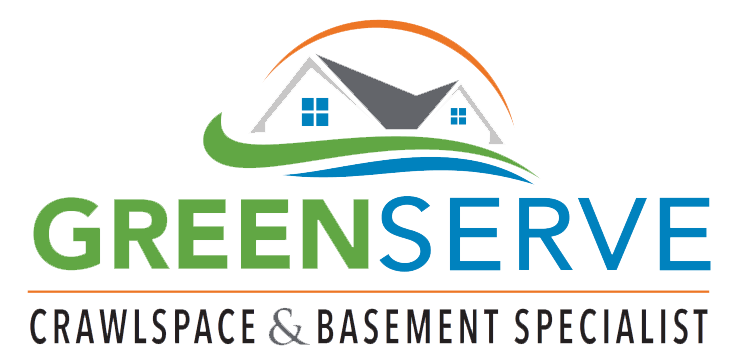Dry Rot
Information :
Address:
3800 Back Creek Church Rd
Charlotte, NC 28213
Get Contact :
- Email : info@greenserve.us
- Website : www.greenserve.us
Social Media :
Dry Rot Prevention
Dry rot fungus also known as Serpula lacrymans when found is usually in the company of mold. Think of the fallen tree in the wood as it disintegrates over time. That is dry rot. The name itself may be misleading, but dry rot also likes damp conditions. Dry rot is a decay fungus and is typically found on wood. Wood is the food choice of dry rot. We often find dry rot when a long standing water leak has been ignored. It takes about 7-10 days for the fungus spores to germinate (yes, like a plant seed). Not all wet wood will succumb to dry rot, but it will certainly be at risk if left untreated.
Dry rot fungi has a ravenous appetite for wood. Given enough time it can eat through studs and even large beams leaving the structural stability of your home in question. The costs of those kinds of repairs can be astronomical.
Types of Dry Rot
White Rot – targets hardwood. Look out for white or yellowish discoloration. When touched, the wood will feel spongy and will have a stringy appearance.
Brown Rot – targets softwood, causes wood to turn a dark brown. Often called “brown cubical rot” as the wood can have the appearance of a checkerboard, because of the way the wood splits across the grain. This type of rot causes wood to become dry and powdery, which is where “dry rot” comes from.
Dry Rot - Mold - Insects ... How To Tell The Difference
While dry rot can sometimes look like mold on the surface or damage done by termites or carpenter ants, there are distinct differences between dry rot, mold and other causes of wood damage like insects.
Mold needs to grow is moisture, oxygen and a growing medium or food source. Wood, drywall, paper, baseboards and insulation are all excellent food sources to grow a healthy mold colony. Time is of the essence. Mold grows rapidly. It can take as little as 24 hours for mold spores to begin to take hold even if unseen to the naked eye. Depending on moisture levels mold can be seen in as little as 48 hours. Mold is a kind of fungi that grows on the surface of wood. Mold doesn’t break down and weaken wood the way dry rot does.
The damage done by carpenter ants or termites is evident when wood is being chewed through, and they leave behind tiny piles of sawdust in their wake. The tunnels bored in the wood are the passageways and their living quarters. Termite damage is very similar to dry rot, but the wood is wetter and termite galleries will be present.
Preventing Dry Rot
An important thing to note is that to prevent dry rot damage, you need to reduce or wholly eliminate the excess moisture. It isn’t as simple as getting a leaky pipe fixed, nor is it as complicated as stopping water infiltration through your basement foundation. One of the most common signs of dry rot and termite damage happens when wood comes into contact with soil, as it happens with a failed foundation.
Drainage and gutters will help to lower the water level around your home. Keeping rainwater away from your foundation with proper grading, and cleaning gutters to prevent water from making its way underneath your house and building up there will help prevent dry rot.
- If there’s any untreated wood around, it should be 18 inches or more from the ground.
- Make sure that you get vapor barriers installed on your basement walls and encapsulate your entire crawl space.
- Make sure that you use dehumidifiers in all basements and crawl spaces, as condensation will cause relative humidity to rise above 50%.
- Repair plumbing leaks, fix roof leaks and regularly clear debris from the rain gutters.
You can attempt to do some of these things by yourself, but often that just isn’t enough. Without the right professional knowledge or any of the tools on hand, you may do more harm than good. Here at Greenserve, we have authorized, trained professionals that will be sure to deliver high-quality work, to ensure you will be satisfied now, and in the future. We also have friendly and professional staff in our national headquarters who are always pleased to answer questions about your basement or crawl space.
So what are you waiting for? Call us now at (980) 432-0042 or visit our contact page and we can get started with a free estimate, today!

